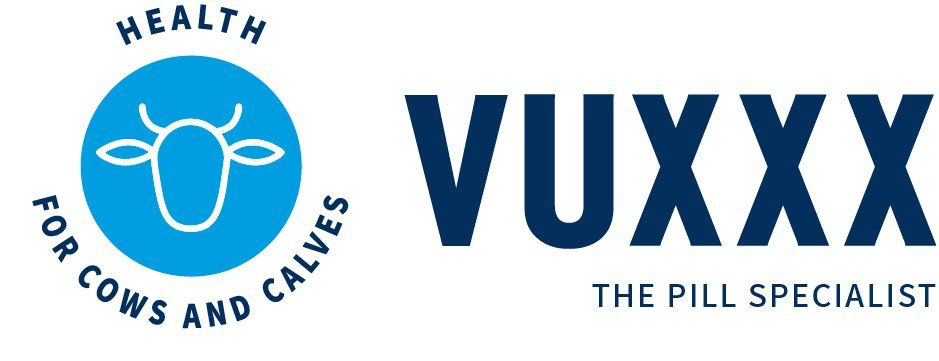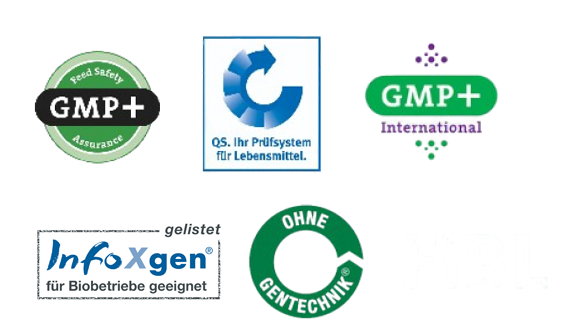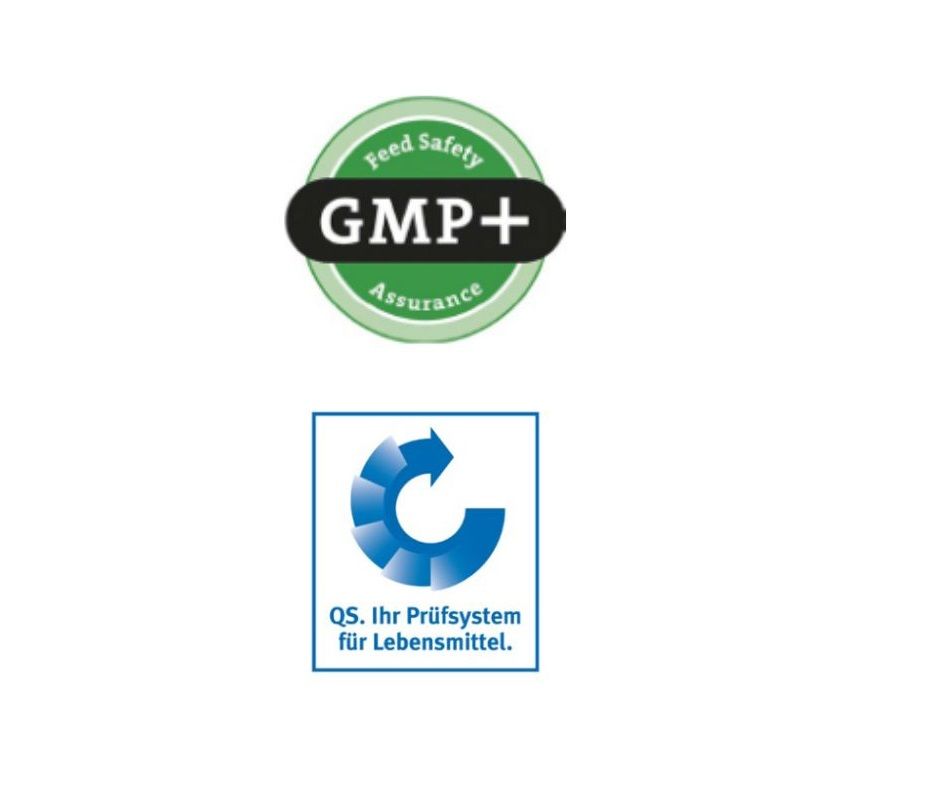Ketosis in cattle on diary farms.
Ketosis in cows (metabolic disorder) can affect up to 40% of all cows. Once or several times in the milking year, mostly in the first milking month and most often in the first two milking weeks. A distinction is made between clinical ketosis (visible ketosis) and subclinical ketosis, which is much more common. Ketosis is a time consuming and expensive problem. On average about 150 € - 300 € per case. Costs are incurred due to treatment, more labour, less milk production (a gradual decrease in milk quantity can be observed, 1 - 3 kg less milk per milking day, 200 - 600 kg less milk per milking year), impaired fertility, increased risk of postpartum behavior, metabolic disorder (ketosis), abomasal displacement and udder inflammation.
Lack of energy means: less performance and higher risk of illness. Ketosis results from high energy consumption, justified by the enormous increase in milk production after calving. Before calving, energy requirements dropped significantly and so did feed intake. After calving, feed intake increases slowly, but milk production starts fully. This creates an energy and glucose deficit. Due to the insufficient feed intake at increased energy demand, the dairy cow gets into a net - energy - deficit, a negative energy balance of the dairy cows. Now the dairy cow begins to mobilize the stored energy in the body fat. The stored body fat is made usable for energy and glucose production. Due to the high milk production, the demand for glucose is much higher. When energy is lacking, fat is broken down. Fat breakdown creates ketone bodies that are underutilized, then accumulate in the blood and lead to ketosis. Ketosis is an increased concentration of ketone bodies in the blood, milk and urine. The easiest and cheapest way to test for energy deficiency is through urine. Ketone test strips are available in every pharmacy for a few euros.







